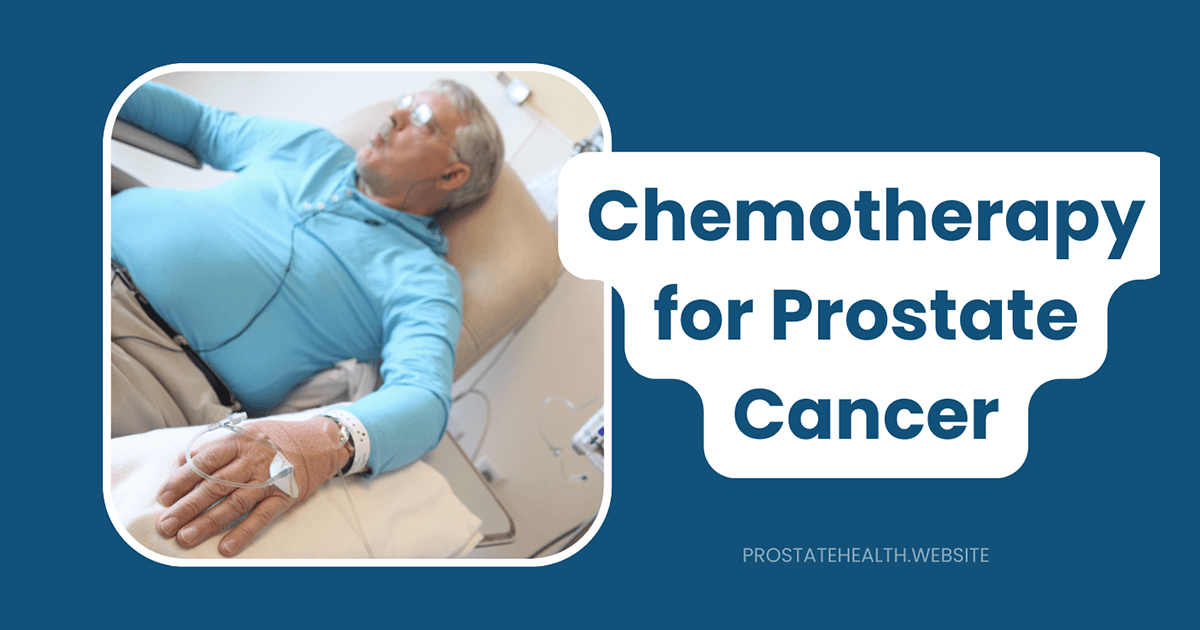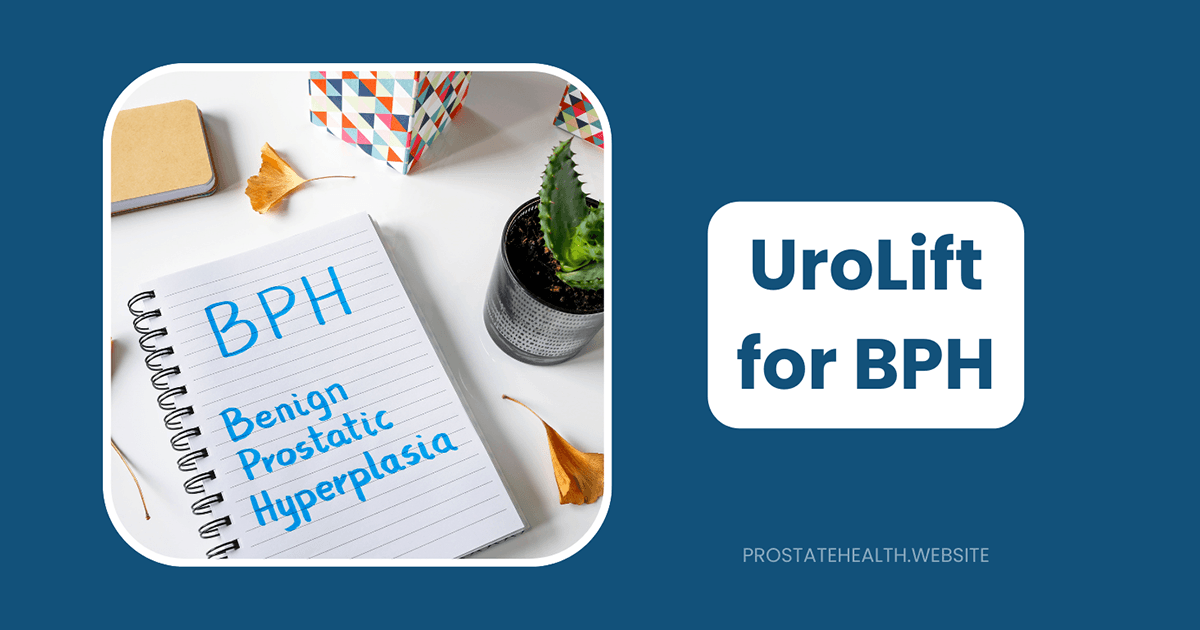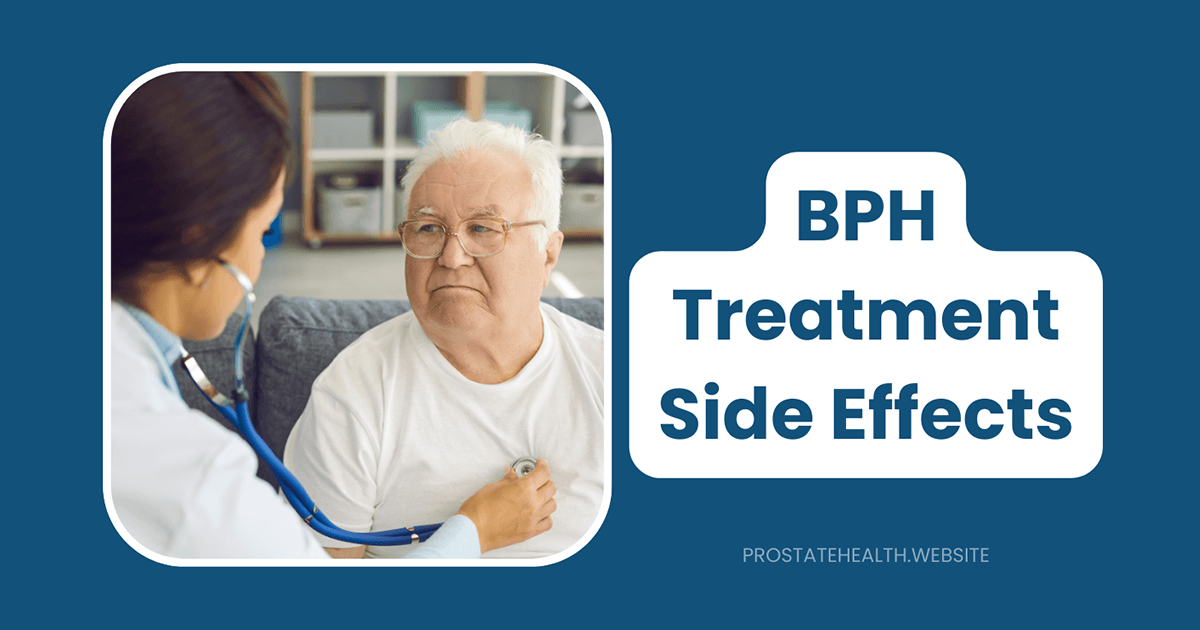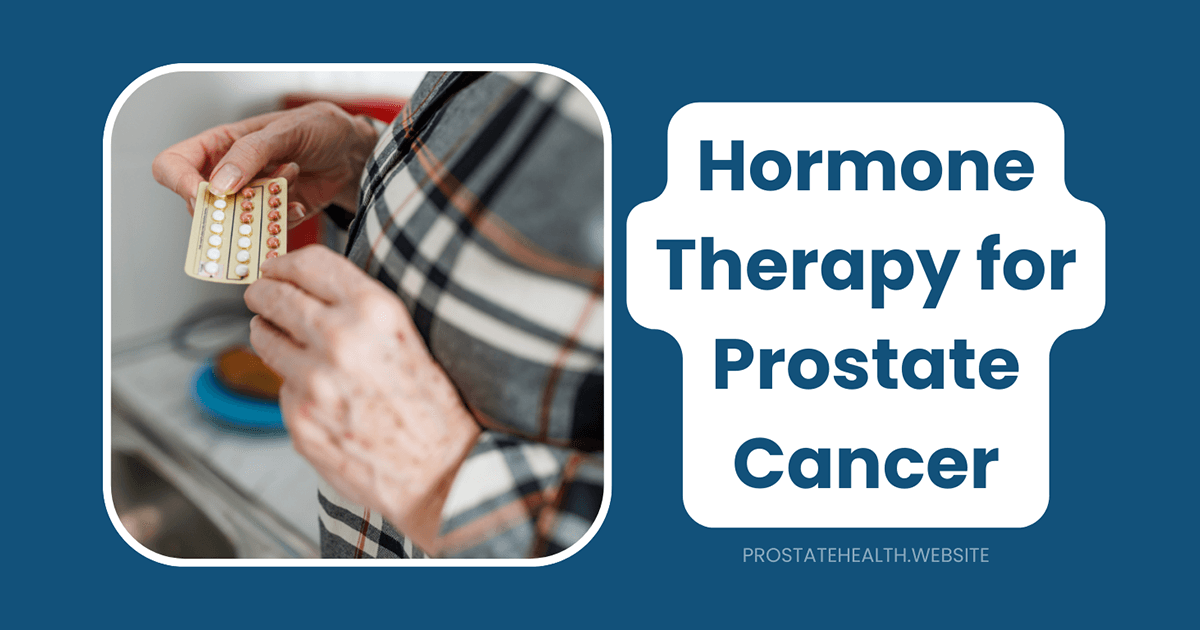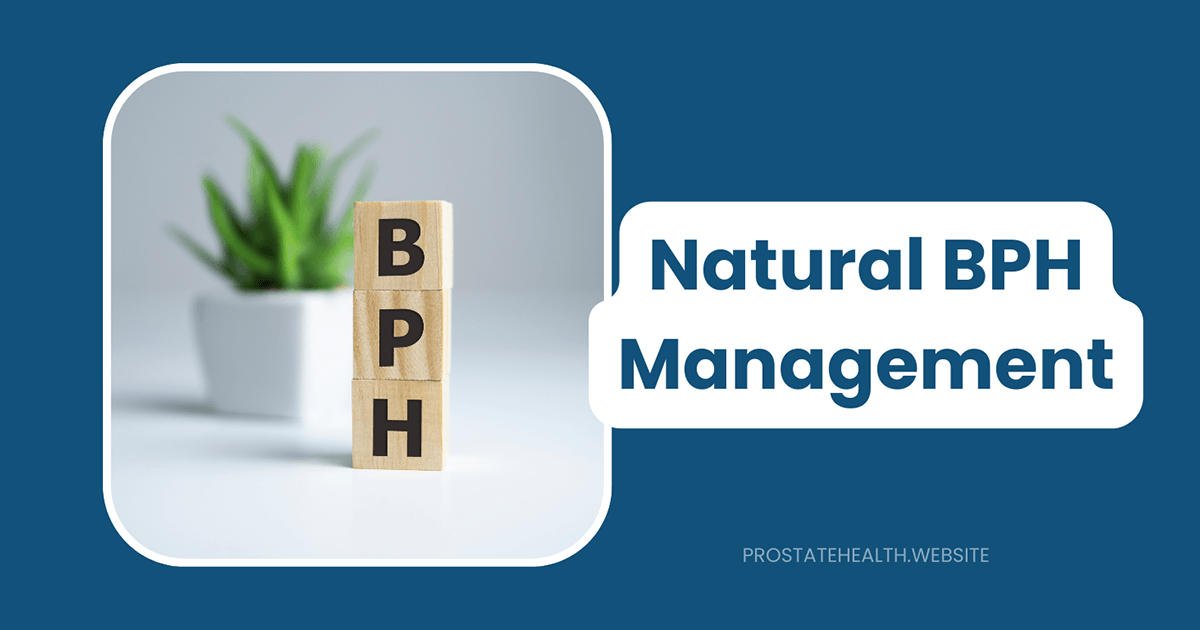Antibiotics for Prostatitis: Types, Duration, and Effectiveness
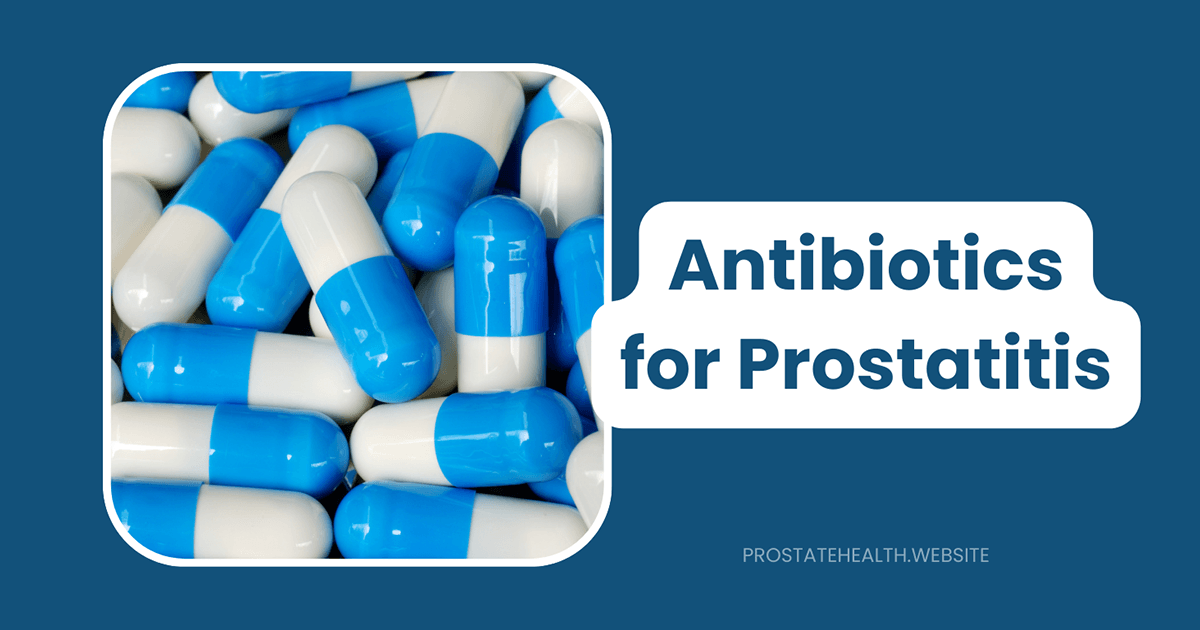
Prostatitis—inflammation of the prostate gland—affects approximately 8-16% of men at some point in their lives, making it one of the most common urological conditions in men under 50. While only about 5-10% of prostatitis cases are bacterial in origin, these infections can cause significant discomfort and, if left untreated, lead to serious complications.
“Bacterial prostatitis requires a thoughtful approach to antibiotic therapy,” explains Dr. Robert Chen, urologist. “The unique anatomy of the prostate creates challenges for antibiotic penetration, and growing resistance patterns complicate treatment decisions.”
This comprehensive guide explores the types of antibiotics for prostatitis, recommended treatment durations, effectiveness rates, and important considerations for optimal management of this challenging condition.
Understanding Prostatitis: Types and Causes
Before diving into antibiotic treatments, it’s important to understand the different types of prostatitis, as not all forms require antibiotics:
Category I: Acute Bacterial Prostatitis (ABP)
- Characteristics: Sudden onset, severe symptoms including fever, chills, pain, and urinary problems
- Cause: Bacterial infection, typically from urinary tract or sexually transmitted infections
- Treatment: Always requires antibiotics, sometimes intravenously if severe
Category II: Chronic Bacterial Prostatitis (CBP)
- Characteristics: Persistent or recurrent symptoms for at least 3 months
- Cause: Ongoing bacterial infection, often difficult to eradicate
- Treatment: Requires extended courses of antibiotics
Category III: Chronic Prostatitis/Chronic Pelvic Pain Syndrome (CP/CPPS)
- Characteristics: Chronic pelvic pain without evidence of infection
- Cause: Non-bacterial, possibly inflammatory or neuromuscular
- Treatment: Antibiotics generally not effective unless bacterial infection is suspected
Category IV: Asymptomatic Inflammatory Prostatitis
- Characteristics: No symptoms, inflammation found incidentally
- Cause: Various, often unknown
- Treatment: Typically requires no treatment
This article focuses primarily on Categories I and II, where antibiotics play a central role in treatment.
Common Bacterial Culprits in Prostatitis
Understanding which bacteria typically cause prostatitis helps explain antibiotic selection:
Primary Pathogens
- Escherichia coli (E. coli): Responsible for 50-90% of bacterial prostatitis cases
- Other Enterobacteriaceae: Klebsiella, Proteus, Enterobacter, Serratia
- Pseudomonas aeruginosa: More common in complicated cases
- Enterococcus species: Particularly in older men or those with prior urological procedures
Less Common Pathogens
- Sexually transmitted infections: Neisseria gonorrhoeae, Chlamydia trachomatis
- Atypical organisms: Ureaplasma urealyticum, Mycoplasma genitalium
- Gram-positive bacteria: Staphylococcus, Streptococcus (less common)
“The microbiology of prostatitis has evolved over time,” notes Dr. Chen. “We’re seeing increasing resistance patterns, particularly to fluoroquinolones, which has complicated treatment approaches.”
Antibiotic Selection: Key Considerations
Not all antibiotics are created equal when it comes to treating prostatitis. Several factors influence which antibiotics can effectively treat this condition:
Prostate Penetration
For an antibiotic to be effective against prostatitis, it must achieve adequate concentrations in prostatic tissue and fluid. The prostate has a physiological barrier (the prostatic epithelium) that limits antibiotic penetration. Antibiotics that effectively penetrate the prostate share these characteristics:
- High lipid solubility
- Low protein binding
- Low degree of ionization
- High dissociation constant (pKa)
- Small molecular size
Spectrum of Activity
The ideal antibiotic should cover the most likely pathogens, particularly gram-negative bacteria like E. coli, while considering local resistance patterns.
Patient Factors
- Allergy history
- Medication interactions
- Kidney and liver function
- Prior antibiotic exposure
- Risk factors for resistant organisms
First-Line Antibiotics for Prostatitis
Fluoroquinolones
Fluoroquinolones have traditionally been the mainstay of prostatitis treatment due to their excellent prostate penetration and broad spectrum of activity.
Common fluoroquinolones used for prostatitis:
- Ciprofloxacin: 500mg twice daily
- Levofloxacin: 500mg once daily
- Ofloxacin: 300mg twice daily
- Moxifloxacin: 400mg once daily
Effectiveness:
- Microbiological eradication rates: 40-70% for ciprofloxacin, 75% for levofloxacin
- Clinical success rates: 60-80% for acute bacterial prostatitis, 40-60% for chronic bacterial prostatitis
Advantages:
- Excellent prostate penetration
- Broad-spectrum coverage
- Convenient dosing (once or twice daily)
- Available in oral and IV formulations
Limitations:
- Increasing resistance rates (10-50% depending on region)
- FDA black box warning for serious side effects including tendon rupture, peripheral neuropathy, and CNS effects
- Not recommended for first-line use in uncomplicated infections due to side effect concerns
“Fluoroquinolone resistance has become a significant concern,” cautions Dr. Chen. “In some regions, particularly in Asia, resistance rates exceed 50% for E. coli. Even in North America, we’re seeing resistance rates of 10-30%, which impacts treatment success.”
Trimethoprim-Sulfamethoxazole (TMP-SMX)
TMP-SMX (Bactrim, Septra) is often considered a second-line option but may be used as first-line in areas with high fluoroquinolone resistance or when fluoroquinolones are contraindicated.
Typical dosing:
- 160/800mg (double strength) twice daily
Effectiveness:
- Microbiological eradication rates: 30-50% with 4-6 week treatment
- Longer therapy (90 days) may improve outcomes
Advantages:
- Good prostate penetration (particularly the trimethoprim component)
- Generally well-tolerated
- Lower cost than fluoroquinolones
- Effective against many common uropathogens
Limitations:
- Lower eradication rates than fluoroquinolones
- Increasing resistance rates
- Risk of allergic reactions, particularly in sulfa-allergic patients
- Potential for bone marrow suppression with prolonged use
Alternative Antibiotics for Prostatitis
When first-line agents fail or are contraindicated, several alternatives may be considered:
Tetracyclines
Examples:
- Doxycycline: 100mg twice daily
- Minocycline: 100mg twice daily
Best for:
- Suspected atypical organisms (Chlamydia, Mycoplasma, Ureaplasma)
- Patients allergic to fluoroquinolones and TMP-SMX
Effectiveness:
- Variable, but may be effective for specific pathogens
- Particularly useful for sexually transmitted causes of prostatitis
Macrolides
Examples:
- Azithromycin: 500mg daily
- Clarithromycin: 500mg twice daily
Best for:
- Gram-positive and atypical organisms
- Patients with allergies to other antibiotics
Effectiveness:
- Azithromycin has reported eradication rates around 80% for susceptible organisms
- Limited data on clarithromycin for prostatitis
Fosfomycin
Typical dosing:
- 3g every 72 hours for chronic bacterial prostatitis
Best for:
- Multidrug-resistant gram-negative infections
- Cases where other options have failed
Effectiveness:
- Limited data, but case reports show promising results
- One observational study reported 82% clinical cure rates in males with chronic bacterial prostatitis
“Fosfomycin is emerging as an important alternative for multidrug-resistant cases,” explains Dr. Chen. “While we need more robust clinical trials, early data suggests it achieves reasonable prostatic tissue levels and can be effective against resistant organisms.”
Beta-Lactams
Examples:
- Ceftriaxone: 1-2g daily (IV)
- Cefixime: 400mg daily (oral)
Best for:
- Acute bacterial prostatitis requiring hospitalization
- Initial therapy before oral options
Limitations:
- Poor prostate penetration when used alone
- Generally not recommended for chronic bacterial prostatitis
Aminoglycosides
Examples:
- Gentamicin: 3-5mg/kg daily (IV)
- Amikacin: 15mg/kg daily (IV)
Best for:
- Severe acute bacterial prostatitis
- Combination therapy for resistant organisms
Limitations:
- Poor prostate penetration
- Potential for nephrotoxicity and ototoxicity
- Requires monitoring of drug levels
Treatment Duration: How Long Is Enough?
The optimal duration of antibiotic therapy varies by the type of prostatitis:
Acute Bacterial Prostatitis (Category I)
- Mild to moderate cases: 2-4 weeks
- Severe cases: 4 weeks
- With abscess: May require 4-6 weeks
“For acute bacterial prostatitis, patients should become afebrile within 36 hours of starting appropriate antibiotics,” notes Dr. Chen. “If fever persists beyond this timeframe, imaging studies to rule out prostatic abscess are warranted.”
Chronic Bacterial Prostatitis (Category II)
- Standard recommendation: 4-6 weeks
- For recalcitrant cases: 6-12 weeks
- Some experts recommend: 12 weeks for optimal outcomes
“The optimal duration for chronic bacterial prostatitis remains somewhat controversial,” explains Dr. Chen. “While 4-6 weeks is standard, studies suggest that longer courses of 12 weeks may provide better eradication rates, particularly for difficult cases.”
Treatment Approach by Severity
Outpatient (mild):
- Oral antibiotics (fluoroquinolones or TMP-SMX)
- Close follow-up
- Duration: 2-4 weeks for acute, 4-12 weeks for chronic
Moderate:
- Initial IV antibiotics may be considered
- Transition to oral therapy when stable
- Duration: 4 weeks for acute, 6-12 weeks for chronic
Severe/Hospitalized:
- IV antibiotics initially (often a fluoroquinolone plus aminoglycoside or antipseudomonal beta-lactam)
- Transition to oral therapy when stable
- Duration: 4-6 weeks total
Antibiotic Resistance: A Growing Challenge
Antibiotic resistance has become a significant challenge in treating bacterial prostatitis:
Current Resistance Patterns
- Fluoroquinolone resistance: 10-30% in North America and Europe, >50% in some Asian regions
- TMP-SMX resistance: 15-40% depending on region
- Extended-spectrum beta-lactamase (ESBL) producing organisms: Increasing globally
- Multidrug-resistant organisms: Becoming more common, particularly after multiple antibiotic courses
Risk Factors for Resistant Infections
- Prior antibiotic exposure, especially fluoroquinolones
- Recent hospitalization
- Recurrent urinary tract infections
- Urological procedures, especially prostate biopsies
- Healthcare-associated infections
- Travel to high-resistance regions
Strategies for Managing Resistant Infections
- Culture-guided therapy: Always obtain cultures before starting antibiotics when possible
- Combination therapy: May be necessary for multidrug-resistant organisms
- Alternative agents: Consider fosfomycin, aminoglycosides, or newer agents
- Longer treatment duration: May improve outcomes for resistant infections
- Infectious disease consultation: Recommended for complex resistant cases
“The rise in fluoroquinolone resistance has significantly impacted our approach to prostatitis,” says Dr. Chen. “We’re increasingly relying on culture results and local resistance patterns to guide therapy, rather than empiric treatment.”
Special Considerations for Specific Patient Groups
Elderly Patients
- Higher risk of adverse effects from antibiotics
- May have reduced kidney function requiring dose adjustment
- Often have comorbidities that complicate treatment
- More likely to have resistant organisms
Patients with Recurrent Prostatitis
- Consider urological evaluation for anatomical abnormalities
- Longer treatment courses may be beneficial
- Suppressive antibiotic therapy sometimes considered
- Evaluate for chronic bacterial prostatitis vs. chronic pelvic pain syndrome
Patients with Prostate Stones (Calcifications)
- More difficult to eradicate infection
- May require longer treatment courses
- Higher relapse rates
- Surgical intervention sometimes necessary
Immunocompromised Patients
- Higher risk of unusual pathogens
- May require broader spectrum antibiotics
- Longer treatment duration often necessary
- Lower threshold for hospitalization
Managing Treatment Failure
Despite appropriate antibiotic therapy, some patients experience persistent or recurrent symptoms. Here’s how to approach treatment failure:
Reasons for Treatment Failure
- Inadequate antibiotic penetration: Some antibiotics may not achieve sufficient concentrations in prostatic tissue
- Resistant organisms: The causative bacteria may be resistant to the chosen antibiotic
- Biofilm formation: Bacteria can form protective biofilms in the prostate that shield them from antibiotics
- Prostatic calculi: Stones in the prostate can harbor bacteria
- Misdiagnosis: The condition may be non-bacterial prostatitis (Category III)
- Inadequate duration: Treatment course may have been too short
Next Steps After Initial Treatment Failure
- Reassess diagnosis: Confirm bacterial prostatitis with appropriate cultures
- Extended therapy: Consider a longer course of the same antibiotic (up to 20% may respond to a second cycle)
- Alternative antibiotics: Switch to a different class based on culture results
- Combination therapy: Using two antibiotics with different mechanisms may improve outcomes
- Urological evaluation: Consider imaging and cystoscopy to rule out anatomical issues
- Consider non-antibiotic approaches: For chronic cases, multimodal therapy may be beneficial
“When initial therapy fails, it’s crucial to reassess the diagnosis,” advises Dr. Chen. “Many men diagnosed with ‘chronic prostatitis’ actually have chronic pelvic pain syndrome, which doesn’t respond to antibiotics.”
Beyond Antibiotics: Complementary Approaches
While antibiotics are the cornerstone of treatment for bacterial prostatitis, several adjunctive measures may improve outcomes:
Alpha-Blockers
- May help relieve urinary symptoms
- Particularly useful for chronic bacterial prostatitis
- Examples: tamsulosin, alfuzosin, silodosin
Anti-Inflammatory Medications
- Help reduce pain and inflammation
- Options include NSAIDs like ibuprofen or naproxen
- May improve symptom relief when combined with antibiotics
Prostate Massage
- Controversial but may help drain infected prostatic fluid
- Sometimes used in chronic bacterial prostatitis
- Should be avoided in acute bacterial prostatitis
Supportive Measures
- Adequate hydration
- Warm sitz baths
- Avoiding bladder irritants (caffeine, alcohol)
- Pelvic floor relaxation techniques
The Future of Prostatitis Treatment
Research continues to advance our understanding and treatment of bacterial prostatitis:
Emerging Therapies
- New antibiotics: Several novel agents with activity against resistant gram-negative bacteria are in development
- Phage therapy: Using bacteriophages (viruses that infect bacteria) shows promise for resistant infections
- Biofilm disruptors: Agents that break down bacterial biofilms may enhance antibiotic effectiveness
- Immunomodulatory approaches: Targeting the host immune response to infection
- Microbiome-based therapies: Understanding the role of the urinary microbiome in prostatitis
Improved Diagnostic Techniques
- Better methods to distinguish bacterial from non-bacterial prostatitis
- More sensitive detection of bacterial pathogens
- Rapid resistance testing to guide therapy
Practical Advice for Patients
If you’re prescribed antibiotics for prostatitis, these tips can help maximize treatment success:
Taking Antibiotics Effectively
- Complete the full course: Even if symptoms improve, take all prescribed antibiotics
- Maintain consistent timing: Take doses at regular intervals to maintain steady blood levels
- Follow specific instructions: Some antibiotics need to be taken with food, others on an empty stomach
- Stay hydrated: Drink plenty of water to help flush the urinary system
- Report side effects: Contact your doctor if you experience significant side effects
When to Seek Further Medical Attention
Contact your healthcare provider if you experience:
- Worsening symptoms despite 48 hours of antibiotics
- High fever (>101°F or 38.3°C) that persists or returns
- Inability to urinate (urinary retention)
- Severe pain not controlled by prescribed medications
- New or worsening side effects from antibiotics
Questions to Ask Your Doctor
- Which type of prostatitis do I have?
- What bacteria is causing my infection (if known)?
- Why was this specific antibiotic chosen?
- How long will I need to take antibiotics?
- What side effects should I watch for?
- When should I expect to see improvement?
- What should I do if symptoms don’t improve?
- Will I need follow-up testing after completing antibiotics?
Conclusion: A Personalized Approach to Antibiotic Therapy
Treating bacterial prostatitis requires a thoughtful, individualized approach. While fluoroquinolones have traditionally been the cornerstone of therapy, increasing resistance rates and safety concerns necessitate a more nuanced strategy.
The optimal antibiotic choice depends on multiple factors including the type of prostatitis, likely pathogens, local resistance patterns, patient characteristics, and previous antibiotic exposure. Similarly, treatment duration must be tailored to the specific situation, with chronic bacterial prostatitis often requiring extended therapy for successful eradication.
As antibiotic resistance continues to rise, culture-guided therapy, appropriate antibiotic stewardship, and consideration of alternative agents become increasingly important. By working closely with your healthcare provider and following treatment recommendations carefully, most cases of bacterial prostatitis can be successfully managed, restoring comfort and quality of life.
External Resources:
- American Urological Association – Prostatitis Guidelines
- National Institute of Diabetes and Digestive and Kidney Diseases – Prostatitis
- Centers for Disease Control and Prevention – Antibiotic Resistance

